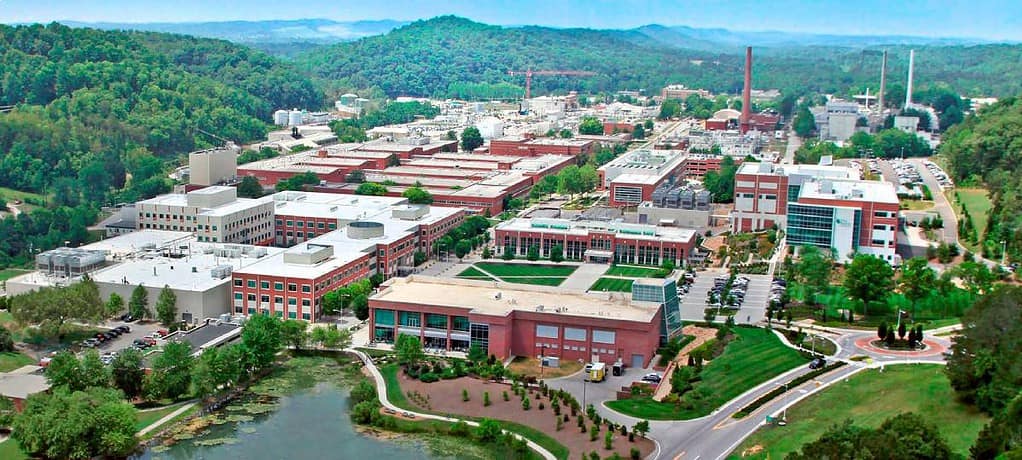Across America, Indigenous communities are working to advance programs that honor their people’s cultural, societal and economic values. One of the ways that the U.S. National Science Foundation supports this is through Tribal Enterprise Advancement (NSF TEA) Centers, which strengthen the STEM expertise of the tribal college or university they are associated with to serve the surrounding communities better.
The following NSF TEA Centers support local priorities by monitoring the environment to keep it healthy, conserving and reintroducing native wildlife, and preserving and revitalizing tribal languages.
Environmental monitoring
For over 100 years, the Northern Cheyenne Tribe has served as stewards and protectors of their land, working diligently to preserve their ancestral home. An integral part of this is the ability to monitor their lands, conduct independent research and work with their community to identify potential environmental threats before they become an issue. TEA Centers allow NSF Tribal Colleges and Universities Program (NSF TCUP) institutions to do this. Chief Dull Knife College (CDKC) in southeastern Montana established and manages a fully equipped, industry-standard laboratory for water quality research and environmental assessment and monitoring on the Northern Cheyenne reservation and surrounding areas. The NSF Environmental Research Center (NSF ERC) provides tribal college students with robust research experience and training in environmental issues and strategies for mitigation, increasing their likelihood of completing two-year degrees and pursuing four-year degrees. Students gain a strong foundation in the knowledge and skills needed to support the community, whether or not they complete their degrees. NSF ERC also supports the community by collecting physical data and providing a hub for land management discussions, training and environmental studies.
Through this grant, students and researchers have been able to perform water quality assessments of the Tongue River Reservoir and monitor surrounding sites. A community Water Box was established, where community members can refill a reusable five-gallon water jug with filtered, safe drinking water at CDKC’s cafeteria. Over 400 water jugs have been distributed so far. In the fall of 2023, a water pathways exhibit, “Water/Ways,” on loan from the Smithsonian Institution in Washington, D.C., served as a focal point for area schools, local community members and guests from across Montana to see the connection between water and community.
Native wildlife conservation
Grasslands, buffalo (American bison) and other grassland wildlife are immensely important to many tribal nations. For centuries, buffalo provided much of what Indigenous Americans needed for their way of life, from food, clothing and shelter to tools, fuel and ceremonial jewelry. After nearly being driven extinct in the 1800s, the buffalo herds have been slowly rebounding due to private and government intervention. Aaniiih Nakoda College (ANC), a tribal college on the Fort Belknap Indian Reservation in north-central Montana, received funding to establish and operate an NSF ʔíítaanɔ́ɔ́nʔí/Tataǵ̨̨a (buffalo) research and education center. The NSF center, operating in collaboration with Fort Belknap Indian Community, Smithsonian Conservation Biology Institute, World Wildlife Fund and Little Dog Wildlife LLC, supports ecological research on the tribe’s buffalo herd, as well as reintroducing indigenous species such as swift foxes and black-footed ferrets. The center supports a strong internship program, where interns help with the center’s research, conduct their original research and present their findings at various conferences. In fall 2023, the center supported the creation of a new course at ANC focused on buffalo management, which allows students to gain field experience working with the local herd. Professional training offered at the center includes drone certification, rangeland monitoring and bison handling. To encourage community support, the center hosts a variety of community outreach and educational events, including participating in the Smithsonian’s Folklife Festival in 2022.
Language Revitalization
Tohono O’odham Community College in southern Arizona is developing the NSF O’odham Language Center (NSF OLC). This center aids the Tohono O’odham Nation in reclaiming their language, O’odham. NSF OLC uses a cross-generational approach to encourage families and the community to promote, learn and use the language and normalize speaking O’odham. OLC is helping the next generation of O’odham language speakers and their families by aiding three Head Start centers in incorporating language immersion into their programs. Using a master-apprentice language learning program, where fluency is built using on-site coaching, weekly language learning sessions and one-on-one support, OLC is enriching the children’s experiences. Monthly family events and community-based programs support using and learning O’odham at home through children-focused everyday activities. Community support has been outstanding — the O’odham Ni Oki Ki was part of the inspiration for the Tohono O’odham Nation’s 2024 rodeo and fair parade theme, “O’odham Niok Through Stories and Song,” where more than 80 float designs celebrated the O’odham language.
While NSF has invested in tribal colleges and universities since the early 1970s, the agency formalized its support with the launch of NSF TCUP in 2001 and, later, the TEA Centers in 2018. TEA Centers build on established STEM capacity to provide support through service or research capacity. TEA Centers are strengthening the abilities of tribes and their communities to restore and protect their lands and heritage.
This Science News article "3 areas where NSF is supporting STEM research and education in tribal nations" was originally found on https://beta.nsf.gov/news/releases


